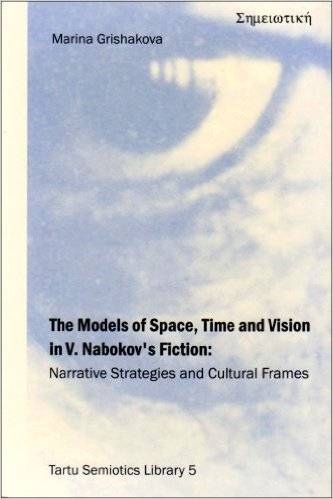The Models of Space, Time and Vision in Vladimir Nabokov's Fiction: Narrative Strategies and Cultural Frames (Tartu Semiotics Library) by Marina Grishakova
English | Dec. 2, 2006 | ISBN: 9949113067 | 323 Pages | PDF | 1 MB
English | Dec. 2, 2006 | ISBN: 9949113067 | 323 Pages | PDF | 1 MB
Because of his rejection of socio-political engagement, Vladimir Nabokov is often regarded as a virtuouso artist of the ivory-tower variety, aloof from the contemporary march of the minds. Marina Grishakova's book, however, points to the relationship between his narrative techniques and some of the scientific, metaphysical, and ethical ideas on the inner agenda of the twentieth century. It connects Nabokov's handling of time, space, and perspective in his fiction with the philosophical models constructed by his contemporaries, also showing in what ways he may have been ahead of his time. Tartu semiotics, as adapted and updated by Marina Grishakova, proves to be a compatible match with Nabokov's unique "semiotic sensibility". Brian McHale, The Ohio State University (USA) This book is essential reading not only for Nabokov specialists, but also for anyone interested in cultural semiotics, narratology, and the processes by which emerging cultural forms become transformed into individual artistic meanings. Stephen H. Blackwell, University of Tennessee (USA) In order to analyze the cognitive models constructed in fiction and cinema, the book thoughtfully and confidently combines ideas of Russian Formalism and the Tartu-school literary theory with those of French and Anglophone classical and postclassical narratology. Leona Toker, The Hebrew University of Jerusalem



